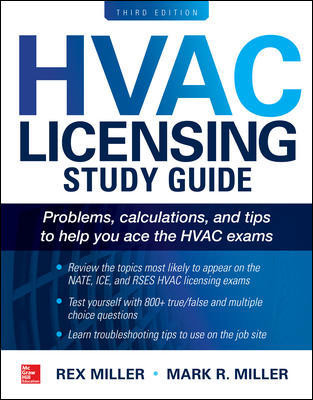If you read any one part of this magazine faithfully every single month, mostly likely that part is … well, not the “Editor’s Note.” But I’m OK with that, because I recognize that when it comes to engineering usefulness and a dare to prove your knowledge, this space cannot compete with “Back2Basics.” That’s the most oft-read department, according to our reader surveys. So naturally, we’re changing it.
More specifically, Howard McKew has decided to alter the format a bit. It has more open, spreadsheet feel and less of a dense, multiple-choice feel. I like it. However, in order to accommodate the new format, we’ve decided to do something we perhaps should’ve done a while ago: we’re moving the answers to the website.
I recognize there are some pros and cons to this. Well, only one con I can think of, and that’s that the answers aren’t in the print issue anymore. We hope you’ll find that is outweighed by a couple of pros. For one, you don’t have to bother turning the magazine upside down, copying down answers from tiny print, and then comparing them to your own work. You can also now not only read but download the PDF of the spreadsheet with answers intact, if you like.
A peripheral benefit for some readers: fetching the answers to see how you did may also lead you to stop and look at other online content that you’ve been missing. Bonus content in feature articles, blog entries, webinars, and podcasts, our online-only regularly refreshed box of headlines, or maybe even a banner ad for a conference you might’ve missed otherwise (and no, not just our events) … we’ve been building value into the website to make it worth a point-and-click now and then, even without “Back2Basics” answers.
But if you’re after just the facts, ma’am, then click theES Bloglink along the left side, and then fetch the PDF of this month’s solution to see how you fared and store your own reference copy of the diagram.
Data Center-Centric
You might recall the recent EPA report on data centers, and the Uptime Institute’s follow-up opinion that I mentioned last month. There have since been a couple of follow-up developments to the follow-up opinion. (Are you following?)First off, the DOE has formalized a working relationship with The Green Grid (www.thegreengrid.org). The Green Grid is a collective of IT companies working together to reduce power consumption in the data center arena. (Couldn’t help admiring that the group’s stated goal is not merely to “improve efficiency,” but rather to flat-out “lower the overall consumption.” Aim high!)
This partnership expects to develop items such as a common set of metrics, an website for data center tools and resources to improve performance, and training for personnel to conduct energy assessments. See our “Issues & Events” section for more on this collaboration, as well as additional details on the Uptime Institute’s Charette, mentioned last month and scheduled to take place in Santa Fe late this month.
More Mission Critical
OK, so mission critical is a hot topic (too hot, you might say, as the heat is the primary challenge). But all this movement in the sector goes to show the value of our November webinar, “Greening Data Center HVAC Systems”, set for Wednesday, November 7, at 2 p.m. In one jam-packed hour, experienced engineers from Syska Hennessy Group – Chris Johnston and Vali Sorrell – will roll out a variety of tips for increasing efficiency in all aspects of data center HVAC, from air handling to cooling towers to chilled water production.Johnson is chief engineer for the company’s Critical Facilities team. Sorrell works on design and commissioning in this area and serves on ASHRAE TC 9.9 (Mission Critical Spaces). With a combined 55 years of experience, expect a presentation and subsequent live Q&A with attendees that you’ll want to experience, too.
Follow theWebinars linkto register, which allows you to either join us for the live event or watch the archived presentation when time permits.



